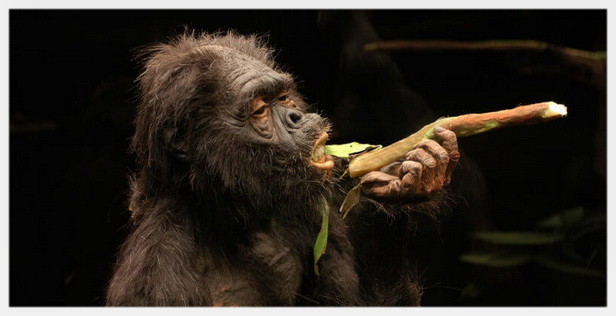Australopithecus 南方古猿 /ˌɒstrələˈpɪθɪkəs/, 是早期人类的一个人属,大约在200万年的上新世晚期和更新世早期存在于非洲。南方古猿化石第一次被发现是在1924年,在南非西北省的塔翁(Taung)地区。
Australopithecus 是拉丁语和希腊语的组合词: australis (拉丁语 “南方的”意思);pithekos (希腊语“猴子”的意思)。所以,有时,史学家在文章中经常使用“the southern ape” 来表达南方古猿。
australopithecine 这个单词是指 Australopithecus 南方古猿这个人属的具体成员,有单复数。
世界上最早的人:南方古猿是人科动物的一个已灭绝的属。被认为是从猿到人转变的第一阶段,是距今200万年前的人类。(吉尼斯)

Where should a history of the world begin? Strictly speaking, perhaps, about four billion years ago when the first life forms might have appeared. More practically, we could start some two million years ago when one branch of the Australopithecine – the southern great apes – developed some skills in stone-working, which helped their descendants move out of Africa, where we all began. ( The History of the World – Frank Welsh)
Most species of Australopithecus were diminutive and gracile, usually standing 1.2 to 1.4 m (3 ft 11 in to 4 ft 7 in) tall. It is possible that they exhibited a considerable degree of sexual dimorphism, males being larger than females.[39] In modern populations, males are on average a mere 15% larger than females, while in Australopithecus, males could be up to 50% larger than females by some estimates.
